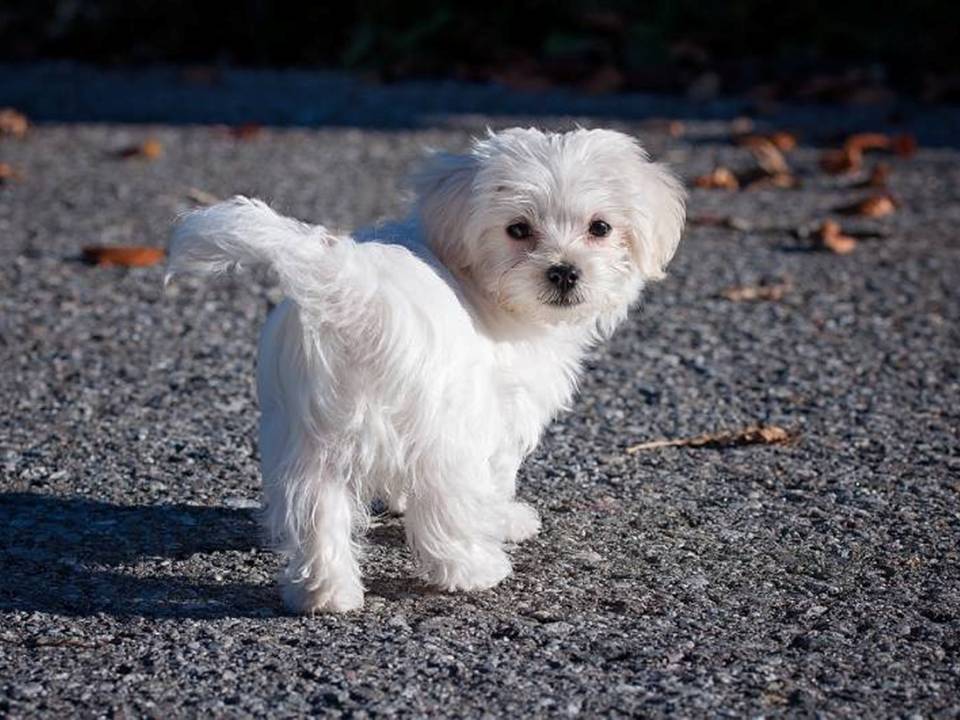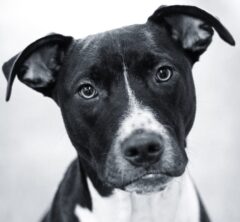One of the Oldest and Most Iconic Toy Dog Breeds
The Maltese dog, renowned for its long, silky white coat and regal demeanour, stands among the oldest and most iconic toy breeds. Its rich history spans thousands of years, connecting it with various ancient civilizations and cultures. Originating in the Mediterranean, the Maltese dog served as a cherished companion to aristocrats, royals, and merchants. To truly appreciate this breed, one must delve into its history, geographic origins, and centuries-long evolution, all of which have shaped its unique legacy.
Early Origins of the Maltese
The Maltese dog’s history stretches back over 2,000 years, making it one of the oldest known breeds. Historical records and artifacts point to the dog’s roots in the central Mediterranean region, particularly in Malta, from which it takes its name. However, some scholars suggest it may have originated on nearby Adriatic islands, such as Melita or Meleda. Additionally, some theories propose that traders brought the breed to the Mediterranean from Egypt or the Middle East, further expanding its historical reach.
Artefacts and writings from ancient civilizations shed light on the Maltese dog’s lineage. For instance, ancient Greek and Roman texts describe small white dogs, called “Melitaie” or “Melitaean,” cherished for their grace and companionship. These descriptions align with the silky coats and elegant appearance of the modern Maltese dog, suggesting a strong ancestral link. Archaeological findings also support the notion that small, white dogs resembling the Maltese dog existed in ancient Greece and Rome. Women of high status adored these dogs, often depicted in artwork resting on their laps, further illustrating the breed’s close connection with nobility.
The breed’s connection to Malta and the Mediterranean was crucial in its development. Malta, as a bustling centre for trade and maritime activity, facilitated the breed’s spread across the Mediterranean. Consequently, merchants and travellers carried Maltese dogs to different regions, which helped boost their popularity and cement their reputation as elite pets.
The Maltese in Ancient and Classical Times
Several ancient civilizations valued the Maltese dog for its physical beauty, companionship, and charm. In ancient Egypt, people revered small dogs resembling the Maltese, even mummifying some of these dogs alongside their owners, believing they would join them in the afterlife. Egyptian hieroglyphics and carvings further depict small dogs resembling the modern Maltese, supporting this theory.
In ancient Greece, the Maltese dog earned admiration for its elegance. Greek philosophers and poets, including Aristotle, referenced small white dogs resembling the Maltese, often extolling their dainty appearance. Aristotle, in particular, described the breed as “perfectly proportioned,” placing it in a class

of dogs known for their luxurious and refined nature. Ancient Greek texts frequently associated the Maltese with status and wealth, often highlighting its presence in aristocratic homes.
The Romans also esteemed the Maltese as a companion and lapdog for noblewomen. The Roman poet Martial praised the breed in his first-century epigrams, noting its affectionate nature and luxurious coat. Moreover, Roman art frequently depicted these small dogs in domestic settings, emphasizing their role as cherished pets among the elite.
The Role of the Maltese in the Middle Ages and Renaissance
As centuries passed, the Maltese dog continued to thrive, particularly among the European nobility. During the Middle Ages, noble families, especially in France and Italy, valued the breed for its small size, elegance, and affectionate personality. Noblewomen often carried their Maltese dogs as symbols of status and sophistication, solidifying the breed’s association with aristocracy.
The Maltese dog gained even greater prominence during the Renaissance, particularly in Italy. Renowned artists such as Titian and Goya immortalized the breed in their portraits of aristocratic families. These works of art often depicted Maltese dogs draped in luxurious fabrics, positioned beside the nobility, and symbolizing wealth and refinement.
The Renaissance’s focus on beauty and elegance perfectly matched the Maltese’s physical appeal. Its long, flowing white coat became a defining characteristic, and breeders focused on maintaining and enhancing the breed’s delicate features. As a result, the Maltese became a royal favorite, adored by queens and duchesses, and firmly linked to European nobility.
The Maltese in Modern Times
The Maltese dog’s historical journey eventually led to its rise as a popular companion in modern times. In the 19th and 20th centuries, breeders refined the breed, enhancing its small size, luxurious coat, and gentle temperament. As a result, the Maltese gained widespread recognition. Enthusiasts introduced the breed to England and the United States in the late 19th century, where it quickly became popular in dog shows and as a cherished pet.
Today, major kennel clubs, including the American Kennel Club, recognize the Maltese breed, which it officially acknowledged in 1888. The breed’s small size, elegant coat, and friendly personality have made it a favourite among dog lovers worldwide. Despite its ancient origins, the Maltese remains a timeless and cherished companion, admired for its beauty, charm, and affectionate nature.
Conclusion
The Maltese dog’s history is rich with elegance, nobility, and companionship, spanning thousands of years. From its Mediterranean origins to its prominence in ancient civilizations, the Maltese has consistently symbolized refinement and luxury throughout history. Today, the breed continues to captivate dog enthusiasts with its beauty, charm, and historical legacy. From an aristocrat’s lapdog to a modern family pet, the Maltese remains a beloved and enduring breed.
You May Also Like This
The Scottish Terrier: https://caringforahealthydog.com/the-scottish-terrier-history-and-origins-the-site-for-dog-lovers/
Adopt a Pet: https://www.bluecross.org.uk/rehome-pet


